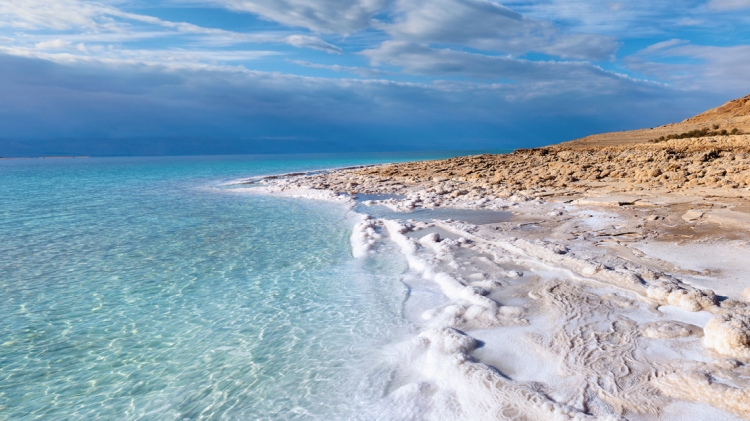
The desert may seem a bleak and inhospitable place. Only the hardiest plants, animals and people survive it, defying the odds and in some cases the limits of our understanding of biology.
In particular, desert species’ sources of water and energy, and how they are extracted, is a mystery that has the potential to provide benefits to modern man and society.
As resources dwindle and the population grows, the attraction of reaping the desert’s bounty is obvious.
One area of particular interest is the energy potential of algae that live in the desert’s saltflats – known as sabkha.
Algae is one of the many forms of plant life that can be used as an alternative source of energy to drive growing economies without contributing to global warming.
Biofuel can be used in place of petrol, diesel and jet fuel without the need to develop a new energy infrastructure, as it acts and looks very similar to the petroleum-derived fuels it replaces.
The big challenge of plant-based biofuel has been where to grow it and how. In the United States for instance, using farmland to grow corn for biofuel has been controversial, particularly given global food shortages.
For biofuel to be truly sustainable, it must not take away other important resources – making desert algae particularly appealing.
Algae that grows in the harsh environments of the UAE’s deserts does not need to take up farmland. It already manages to thrive in a landscape where food cannot grow.
Also, the UAE’s desert algae is very tolerant of saltwater, as it lives in highly saline saltflats. This means it does not require freshwater to grow – a resource as precious and scarce in the UAE as fuel is to other nations.
But which of the UAE’s possibly thousands of algae strains is best suited for cultivation and energy extraction?
It must grow well along coastlines, where the soil salinity is elevated due to tidal flows and thus making the land unusable for agricultural ventures.
It must also withstand large changes in water salinity driven by evaporation from raceway ponds.
Answering these questions requires a lot of work, as no one has really ever gone out and collected all the algae found in the UAE deserts, nor have their individual qualities been explored.
My research team at the Masdar Institute is working to do exactly that. We now have many strains being cultivated in our lab, where we are testing to find out which can be the biofuel producer we need.
In time, we hope to cultivate the selected algae in large-scale raceway ponds, where it can be harvested for biofuel.
We hope that this work will eventually lead to a fuel that can be used in place of petrol, diesel and jet fuel.
That will not only be better for the environment, through reduced carbon emissions, but will also free up fossil-fuel resources for more lucrative export sale.
It may also pinpoint which strains can be used for pharmaceutical purposes, providing the Emirates with another source of revenue.
And it will help produce localised expertise in biofuels, which is one of the world’s most exciting and rapidly growing sectors.
One of our Emirati students, Ahmed Al Harethi, has already filed an invention disclosure on his research findings. Two others will also work on this project as part of a summer internship programme, for which applications are still being accepted.
We hope that in time, the UAE can become a biofuel leader, with its desert and people serving as important resources in its knowledge economy transformation.
Dr Hector Hernandez is an assistant professor of chemical engineering at the Masdar Institute of Science and Technology. More information on the algae project is available at algae.labs.masdar.ac.ae






